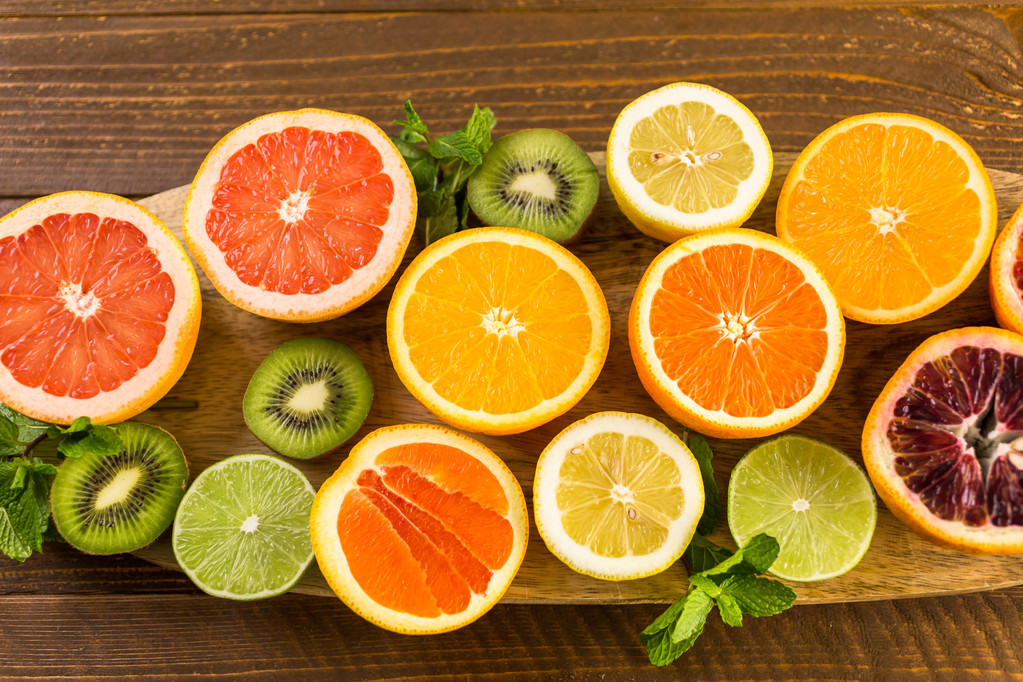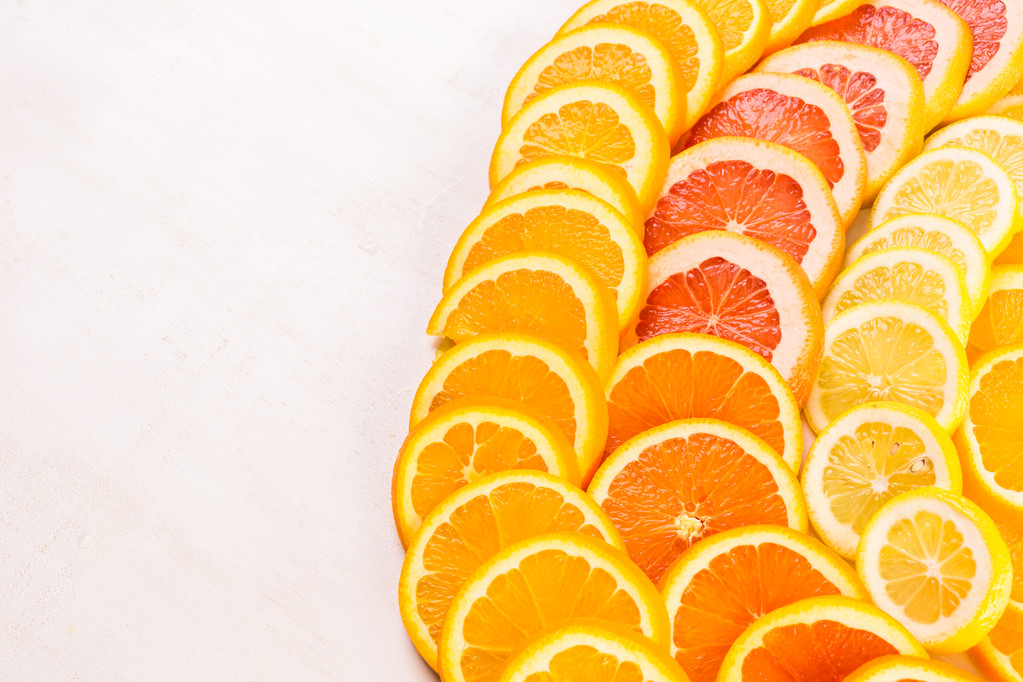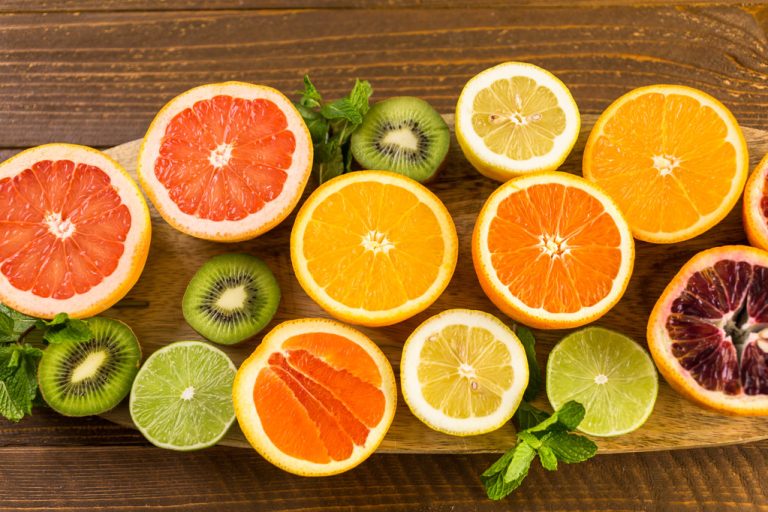The water-soluble vitamin C, also known as ascorbic acid, is known to everyone and experiences a revival every year when the weather is bad. But why vitamin C at all? “It helps against a cold,” is the popular opinion. Unfortunately, it’s not that simple.
Vitamin C strengthens the immune system. However, it has not been scientifically proven that it really has a preventive or healing effect on colds. And if the cold is already there, it comes, stays and goes (as a rule of thumb) for three days each – with or without the administration of ascorbic acid.

Vitamin C: effect
However, vitamin C not only helps the immune system, it can do much more:
As a radical scavenger and antioxidant, it protects cells from premature aging processes
necessary for the formation of collagen (component of connective tissue, teeth, skin, hair and nails)
important for cholesterol metabolism
important for fat metabolism
important for optimal absorption of iron
can increase sperm count
inhibits the formation of carcinogenic nitrosamines during digestion
it helps in the formation of messenger substances and hormones
Vitamin C: deficiency
We humans cannot produce ascorbic acid ourselves and therefore have to get it from food. If our body doesn’t get enough of it, it can even lead to a disease: This is how scurvy occurs due to a vitamin C deficiency. Scurvy used to be the leading cause of death among seafarers who lacked access to fresh food at sea. Even today, scurvy still occurs wherever people eat too little C-containing food. If infants are affected, the disease is called “Möller-Barlow syndrome”, but the cause is the same.
Vitamin C deficiency manifests itself as follows:
bleeding gums
susceptibility to infection
poor wound healing
Joint and bone pain due to bleeding under the periosteum
Bleeding of the skin and mucous membranes, organs, muscles
tooth loss
Fatigue, dizziness and exhaustion
muscular dystrophy
joint inflammation
severe diarrhea
cardiac insufficiency
depressions
However, these symptoms can also have other causes.
Vitamin C: overdose
If you take too much vitamin C, you will get digestive problems such as diarrhea from about three to four grams per day. However, such a high intake can only occur through incorrect dosing of food supplements and cannot be achieved with natural foods. To clarify the amount: a heaped teaspoon of powder corresponds to about one gram.
People who are prone to kidney stones or have damaged kidneys should be particularly careful not to overdo it with ascorbic acid-containing remedies. After all, even a dose of one gram per day can lead to side effects.
Vitamin C: the daily requirement
The German Society for Nutrition (DGE) revised the reference values in 2015, so that other information can be found in older literature. The DGE differentiates between the requirements for men and women, since the daily requirement also depends on body weight. According to the new guidelines, women should take in 95 mg and men 110 mg of vitamin C with food per day. The requirement increases to 105 mg for pregnant women and 125 mg of vitamin C per day for breastfeeding women. Smokers and also passive smokers have a significantly higher daily requirement of 135 mg (women) or 155 mg (men) per day.

Vitamin C: in which foods?
When it comes to vitamin C, everyone immediately thinks of citrus fruits. But even before lemons, oranges and tangerines ended up in our fruit basket, it was possible to have enough of them all year round. There are many locally grown fruits and vegetables that we can use to meet our daily needs.
The star among the local vitamin C bombs is the sea buckthorn. It originally comes from Central Asia, such as Mongolia. To this day, he ensures that people in barren, hostile regions are always well supplied with it. With 450 mg of vitamin C per 100 g, sea buckthorn is a local superfood that is only surpassed by the almost twice as high C content (1250 mg/100 g) of fresh rose hips and makes acerola superfluous.
Citrus fruits come a long way behind with only around 50 mg/100 g. Far better performers: blackcurrants (189 mg/100 g), peppers (139 mg/100 g), kale and Brussels sprouts (105-110 mg/100 g) or strawberries (63 mg/100 mg).
Unfortunately, much of the vitamin content of food is lost during preparation and storage. So make sure you buy food as fresh as possible – preferably directly from the producer – only store it for a short time and wash it undivided. Only cut fruit and vegetables just before eating to get the largest possible portion. Because ascorbic acid is heat sensitive, make sure you keep cooking times as short as possible.
By the way: It is also added to food as a preservative under the E numbers E300 to E304, E315 and E316. Manufacturers use this to protect, for example, apple juice from oxidation and browning; Cooked sausages can be made appetizingly reddish with it. It is also sometimes added to flour to improve its baking properties.

